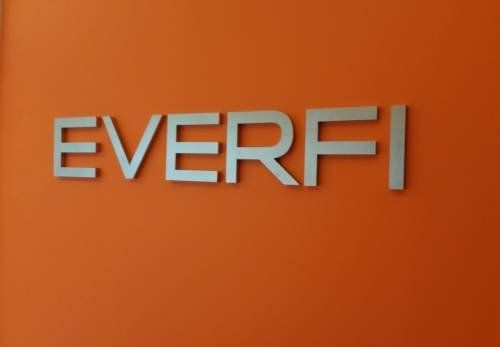Indoor Signage Installation for Your Business Needs
February 6, 2020
Great signage is essential to a successful business

The right signage helps your business and gives you a professional, put-together appearance. But signage installation can be surprisingly technical.We're be taking a look below at the options available to you for internal signage so you can make the right decision for your business.
Material Options
The material you choose will come down to two factors: aesthetics and intended use.Let's take a look at some of the most common options available:Corrugated Plastic Often referred to by its brand name, "Correx". Corrugated plastic takes the form of a solid plastic surface over a corrugated core.Corrugated plastic is a cheap, temporary solution for signage. It's better used for direction or instruction signing and temporary events - you'll also often see it for outdoor signage such as real estate.While cheap and quick to make, corrugated plastic isn't built to last. It will eventually get brittle and degrade. PVC. PVC signage is a lightweight, durable "foam", also referred to as Foamex. Don't be confused by the "foam" part - PVC is a rigid plastic sheet as far as most people are concerned. It is great for good quality printing. It's also available in a few varieties of thickness, so you can match it to its purpose.Its lightweight nature also makes it very versatile for indoor signage, as there's a low risk of damaging surfaces over time.PVC is quite weatherproof but thinner PVC is liable to bend or turn brittle in windy and cold conditions.Acrylic and Plexiglas Popular as company signage installation solutions, acrylic and Plexiglas are available with multiple translucency options.You'll often see these two used in business lobbies or as room signage. They allow a company name and logo to be displayed without the background color of the sign dominating the room. They're very slick and professional looking options.Being transparent, these two materials are a bit more vulnerable to scratch damage and need to be kept clean, but they're a high-class option for modern signage.
Indoor signage installation
Once you've chosen a signage material appropriate to your needs, you'll need to take into account how to mount it.Don't skimp on this step. Without sturdy mounting, your sign might fall or cause permanent damage to your wall.Let's take a look at a few mounting options for your signage installation.Foam tape This double-sided tape creates a bond directly between the sign and the surface. You should make sure the surface is clean and smooth before using adhesive tape. Tape may damage the mounted surface and leave residue behind, so consider this when choosing it as a mounting option.Screw mount Many premade signs will come with screw holes for mounting. You'll need to take note of the mounting surface and thickness of the sign to choose the right screws, but they're a strong and lasting method for signage installation.Magnetic tape Although more situational than other mounting solutions, magnetic tape is great for businesses who intend to move their signage around often. You can mount the tape, and then relocate signs between mounting points with ease.
Choosing the right signage for your business
With the above in mind, you should be able to make the right decision for your business's needs and create a strong identity through your internal signage.Be sure to follow our blog for more assembly hints and tips, or contact us to find out more about what we can do for your business.
To Ease Your Move Or Redecorate Your Home Space
Follow a Few Easy Steps
Tells us your needs
Please fill up the contact form and provide us with as many details of your project as possible.
Approve Estimate
Our experts will review your project needs and create a plan that works with your schedule. You will then have to review & approve the plan via email.
Project Kick-Off
Once you have approved our solution plan, we'll send professional installers who own just the right tools & equipment in their arsenal to complete your project.
Customer Service 24/7
We’d love to hear from you. Choose the most convenient method and we’ll get back to you as soon as we can.
Contact Us
Thank you for contacting us.We will get back to you as soon as possible.
Oops, there was an error sending your message.Please try again later.
VA
Any Assembly Virginia
+1(703) 596-0086
DC
Any Assembly Washington
+1(202) 684-6782
PA
Any Assembly Pennsylvania
+1(267) 209-0710
Quick links
© 2025
All Rights Reserved




